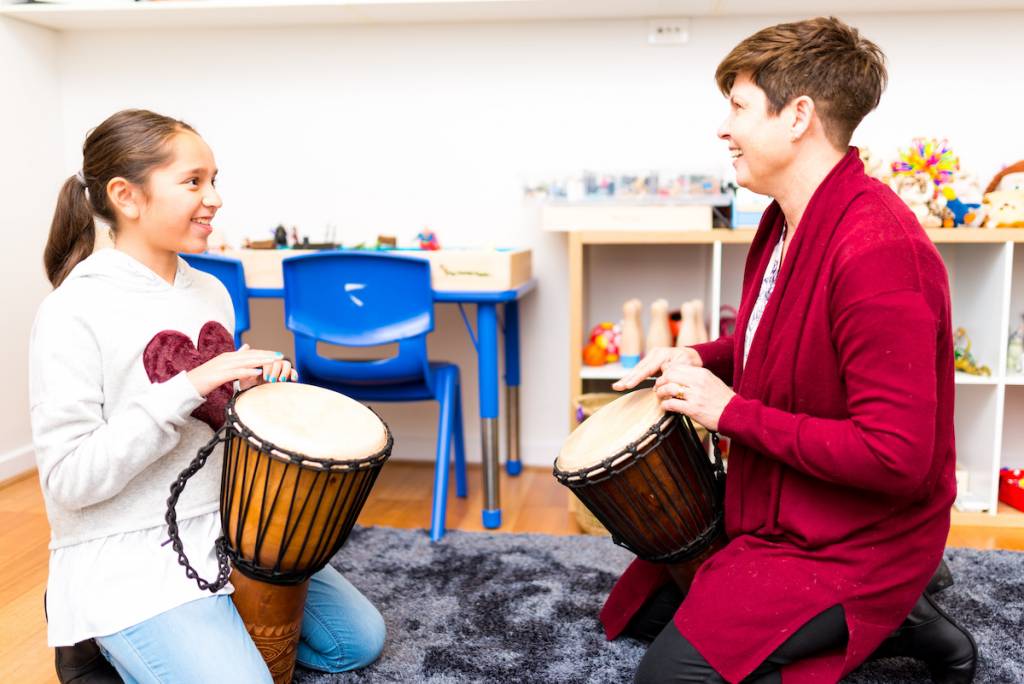Written by Amy Baillie
In the past, after a challenging event, I have heard people give advice, “don’t focus on it, “Stop talking about it,” or try thinking about other things. With children, you also see well-meaning adults in their lives try and use distraction rather than allowing focus to go back to uncomfortable feelings, thoughts, or experiences.
Avoidance is a protective way of trying to make ourselves feel better by avoiding the bad stuff.
Unfortunately, our brains still hold onto things we ignore. In fact, things get locked away, and can continue to affect our actions and behaviours long term as the brain, even if it is our sub-conscious, tries to make sense of them.
So, what can we do instead?
Dr Dan Seigal, a psychiatrist, writer, and professor who is also the founding co-director of the Mindful Awareness Research Centre at UCLA, coined the phrase, “name it to tame it.” This phrase suggests we can gain control over challenging events through being able to “name”, or put into words what happened. Being able to build a clear narrative to the experience or event can assist our brain to begin to integrate the challenging stuff.
So, what might this look like?
You can support your child through challenging experiences by listening to their narrative. For some children, you may even need to help them put words to events and feelings they have experienced. This may look a bit like this.
“You are really upset. Your knee is sore. (whilst cuddling the child) You were riding along and there was a bump. The bump knocked you off your scooter. Now your knee is sore. You didn’t know it was going to happen. The bump was a surprise. It knocked you off. “
For some children, the telling of the story only once may not be enough. They may engage in multiple repetitions of the same story until their brain has had enough time to take it all in. Dr Dan Seigal explains the benefits of naming feelings and events is founded in neuroscience. He explains how naming the feelings or events causes a chemical change in the brain that can trigger a calming effect. You can hear Dr Dan Seigal speak about this here.
What if the constant retelling of a hard story feels like too much for the adult?
It is okay to set boundaries around the re-telling of challenging stories. You might say, …. “I can see you really want to talk about this now but the groceries (or wherever you might be doing) is not a place to talk about this” …., then provide a time later in the day for the retelling.
An alternative for a child that may engage in intense retelling is the use of a timer – …. “We are going to talk about the tricky stuff now. We have 20 minutes to talk about the tricky stuff today.” …. Adding limits or boundaries around challenging narratives can make sure a caring adult can listen without being overwhelmed themselves.
Helping kids process big stories and big emotions can be hard. If your child continues to focus on a challenging story over a longer period of time (such as several months), or alternatively refuse to engage with the story at all, a play therapist can help. We can work with your family to find the best way to support the retelling of stories in ways that assist the child to move past them, building strength and resilience going forward.




